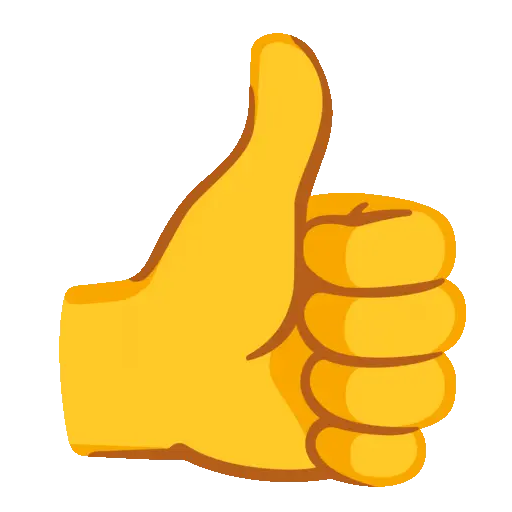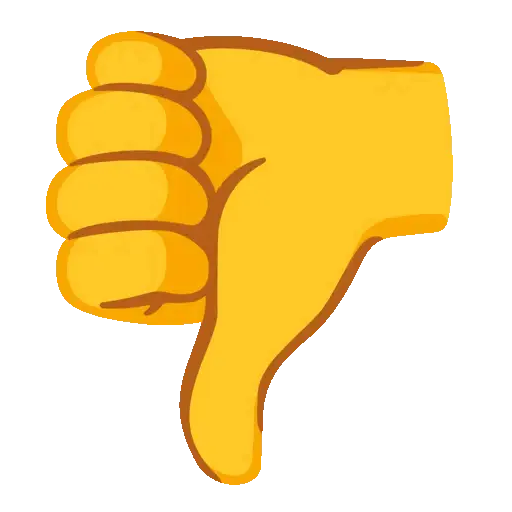
Statewide effort to capture frog calls during ‘Frogtober’
Melbourne Water has launched a statewide initiative encouraging citizen scientists to record and submit frog calls using the free Frog Census app during October.
“Usually, we tell people to disengage from technology when they’re enjoying the natural environment, but during ‘Frogtober’, we want them to take their phone to their local creek or waterway and use the app to help us collect valuable environmental data,” said Jane Petch, a freshwater ecologist employed at Melbourne Water as a Waterwatch Coordinator.
The Frog Census app was launched by Melbourne Water in 2016 and has been downloaded nearly 8,000 times, with an average of 1,700 frog call submissions made each year.
The Frog Census app collects research-grade data, with each frog call submitted analysed by an ecologist before being added to a statewide database.
“The data we gather via the Frog Census app inform Melbourne Water’s decisions about waterways and environment projects. We are so grateful to our community of citizen scientists for being our eyes and ears in the field and helping us collect far more data on the state of our frog populations than would otherwise be possible,” said Ms Petch.
Melbourne Water is one of 10 Catchment Management Authorities (CMAs) in Victoria responsible for delivering land, water and biodiversity programs. This is the first year the CMAs have joined forces on a statewide effort to capture frog calls.
The annual Frog Census was initiated in 2001 and has historically focussed on recording frog calls in metro Melbourne during four key months of April, August, October and November when frogs are most active.
"Frogs can be found all over Melbourne and regional Victoria and can be heard calling from where water is found in bushland, parks and gardens, and urban areas,” said Ms Petch.
“Before the launch of the app, people would record frog calls using a cassette recorder and post them into Melbourne Water for manual collation. Now, people tap a button using the app to record, and location data will accurately locate where the call was heard.”
As an ‘indicator species’, frogs are crucial to understanding how healthy our environment is. They are sensitive to environmental changes in water and land and are an important part of the food chain. They provide food for larger prey such as birds and fish, are predators of insects, and have eradicated millions of pests.
Ms Petch says frog populations are under threat, and many species are disappearing.
“Collecting frog data allows us to take action when species are threatened and hopefully reverse the decline through targeted conservation efforts like revegetation or water quality improvement.”
In metro Melbourne, there are 16 species of frogs, from the Eastern Common Froglet, which is heard all year around Melbourne, to the vulnerable Growling Grass Frog species primarily found in Western metropolitan Melbourne.
“Participating in the Frog Census will enable people to identify the frog species in their local area and foster a stronger connection to the environment,” said Ms Petch.
You do not need to be a frog expert to participate –download the free Frog Census app and get recording!



